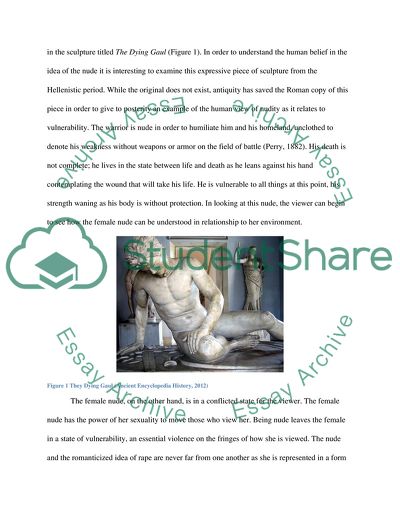Cite this document
(The Binding and Control of the Female Form within the Masculine Gaze Essay, n.d.)
The Binding and Control of the Female Form within the Masculine Gaze Essay. https://studentshare.org/visual-arts-film-studies/1768138-expanding-an-american-idenity
The Binding and Control of the Female Form within the Masculine Gaze Essay. https://studentshare.org/visual-arts-film-studies/1768138-expanding-an-american-idenity
(The Binding and Control of the Female Form Within the Masculine Gaze Essay)
The Binding and Control of the Female Form Within the Masculine Gaze Essay. https://studentshare.org/visual-arts-film-studies/1768138-expanding-an-american-idenity.
The Binding and Control of the Female Form Within the Masculine Gaze Essay. https://studentshare.org/visual-arts-film-studies/1768138-expanding-an-american-idenity.
“The Binding and Control of the Female Form Within the Masculine Gaze Essay”. https://studentshare.org/visual-arts-film-studies/1768138-expanding-an-american-idenity.


